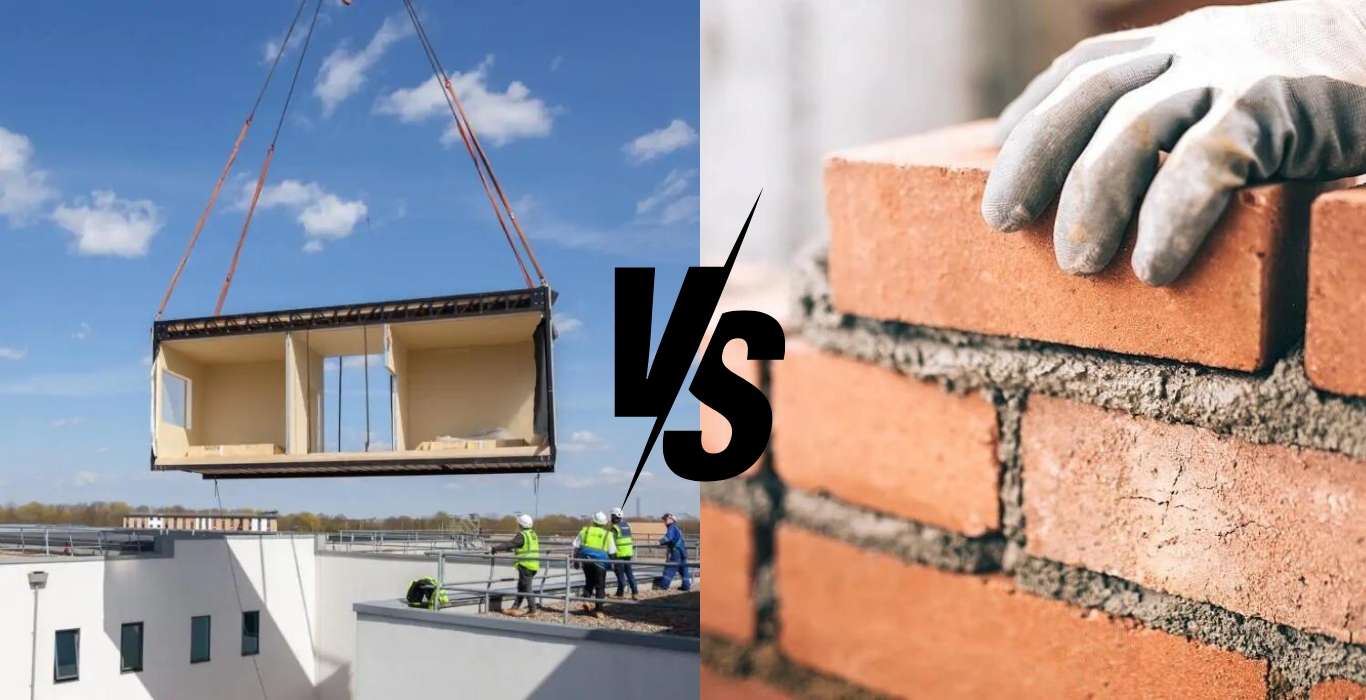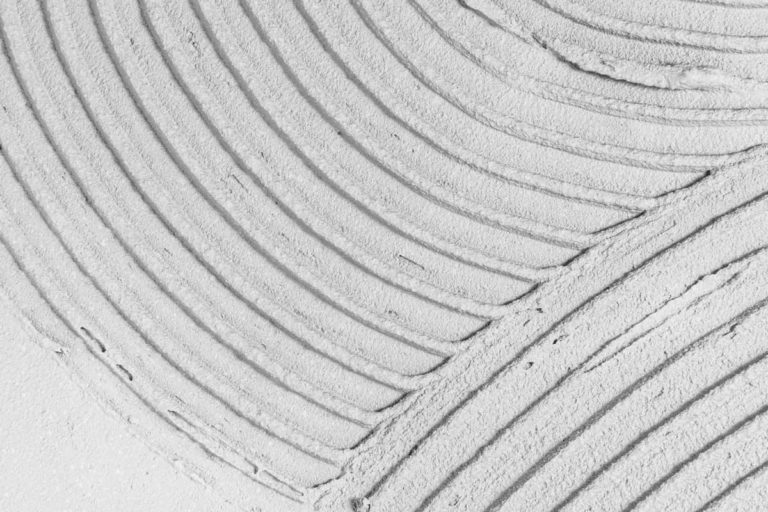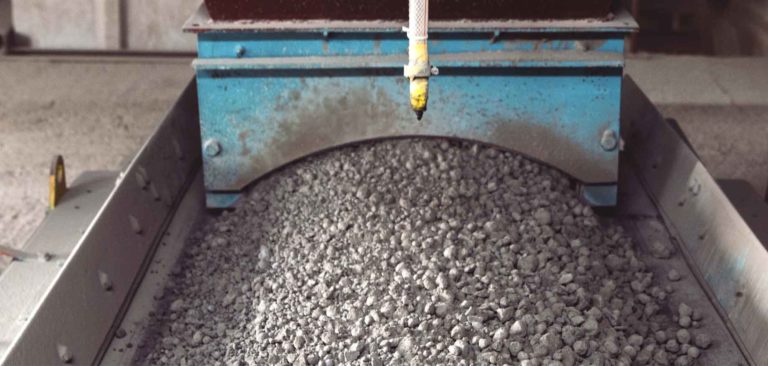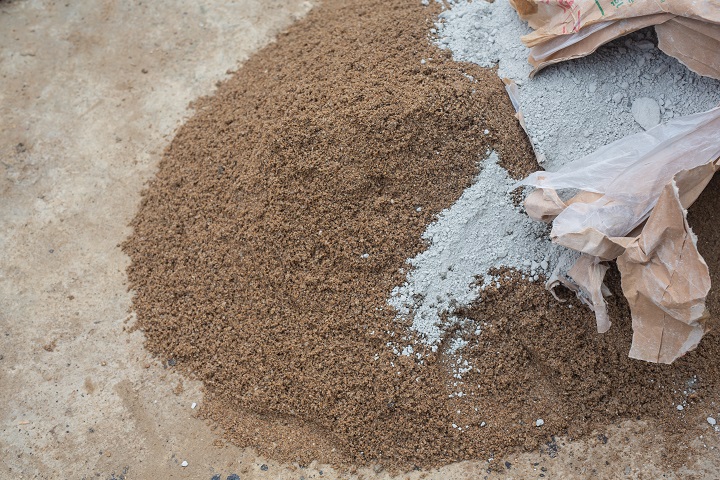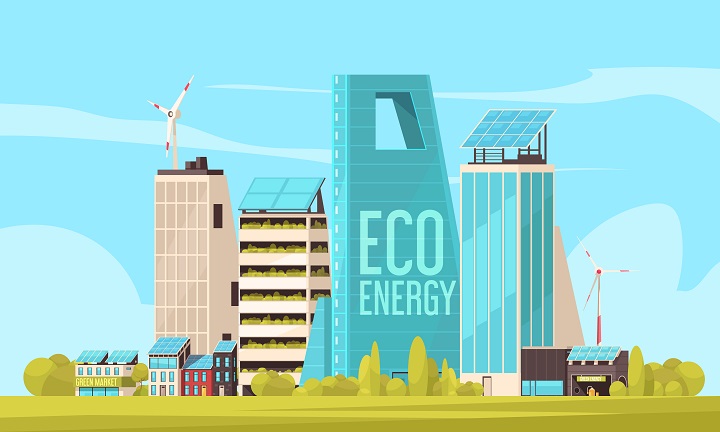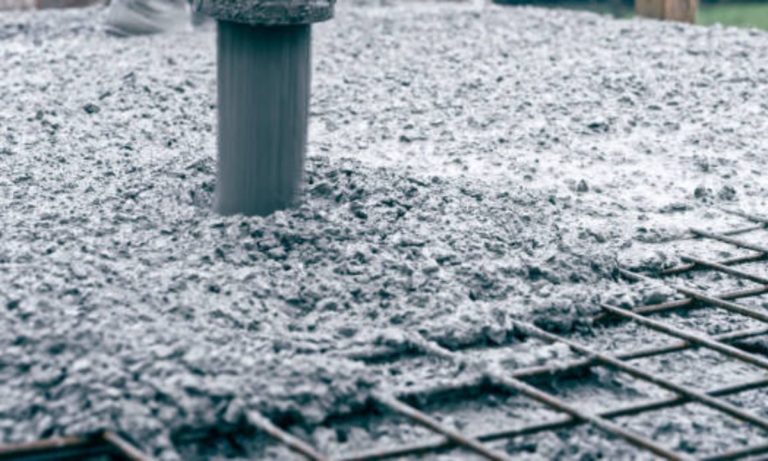Modern Construction VS Traditional Construction
How else would you have sat in an office, travelled distances or to a greater sense, stimulated economic growth if it were not for the construction industry? The construction industry has been playing a catalytic role in economic development since its very foundation. The sector has been in constant evolution given the advent of new technologies and methods, nevertheless, the part that it plays as an economic driver is unparalleled. With the insurgence of cutting-edge technologies and techniques, the industry has greatly taken shape for the better.
Moving forward from the conventional construction means and taking a leap towards a more modern approach, learning from the shortcomings of the old methods has among many augmented productivity. However, not eradicating the contribution of the traditional methods as it has uncovered the workable aspects of the new methods and profoundly been the driving force in the emergence of more enhanced practices.
Nevertheless, both types of constructions work similarly in the view of initial planning, designing, approval, site preparation, team accumulation, etc. Below is an elaboration of their differences and similarities to provide a broad picture.
Traditional Construction
Also known as “brick-and-mortar” or “stick-built”, this type of construction principally differs from the other in ways that the early design to the building process is entirely hands on. This means that each individual step is constructed completely or largely on site before the project moves towards the next step. The raw materials are put together on the building site, consequently the foundations are laid, walls are constructed, roof is placed and finally the interior is brought to shape.
The primary tools and materials used for traditional construction are cement, steel, concrete blocks for load-bearing walls to ensure high durability and strength, lightweight aerated blocks for building foundations and walls with high insulation.
Among many, few advantages and disadvantages of traditional construction to modern construction are mentioned below.
Advantages
- Traditional construction establishes a level of singularity in the development of residential, commercial and industrial buildings.
- It greatly facilitates effective teamwork as everyone in the team collaboratively resolves issues for a better output.
- Continuity in workflow is employed as the same people are involved from start to finish in the project. This adds efficiency and effectiveness to the project.
- Transparency is established as everything starting from the accumulation of raw materials to the final stages of development is done on site. So, no faulty material is used during the process.
- Changes in design in the later part of the construction process can be easily incorporated, preventing the extension of the project handover deadline.
Disadvantages
- Given the complete construction stages to take place on site, the overall project takes longer to complete.
- The construction schedule is heavily dependent on weather conditions as everything is done onsite. This results in the extension of the project deadline.
- The process is more entangled and might require the recruitment of highly-skilled builders and designers. This adds significant construction, materials and labor costs.
- Due to weather damage and inconsistent labor yield, the quality might be compromised.
- It requires a high number of labor force and plants on site.
Modern Construction
This type of construction is also known as prefabricated. This is because unlike the traditional method, here the elements are constructed off-site and transported from a factory entirely or mostly complete. This ensures lower time of development, preserves sustainability and maintains consistent quality. The materials which are built off-site include electrics, interior and exterior finishes, plumbing, sanitary ware, flooring and other utilities.
In view to quickly and successfully serve market demand and streamline the overall development process, this method takes refuge on different types. The names and details are as listed.
1. Precast Concrete Foundation: As the name suggests, this type of modern construction method is the cornerstone of the entire development process. The reason being, this method implicates the procedure of making floor and wall units off-site.
2. Twin-Wall Technology: This is an amalgamation of wall system which combines the precast concrete and qualities of erection speed with the structural integrity of in-situ concrete. Twin-wall technology assures integrity and waterproof reliability for the structure; and allows the construction process to be faster and economical than other systems.
3. Insulating Concrete Formwork: ICF also known as Insulating Concrete Formwork consists of twin-walled expanded polystyrene panels or blocks that are stacked in two layers as sandwiches to create a permanent formwork and is filled with concrete. This type of quick construction process guarantees a high level of thermal and sound insulation, good robustness and quality.
4. Precast Cladding Panels: The Precast Cladding Panels act as a skin in a sense that one material is installed over the other. It mainly serves the purpose of aesthetics and visual appeal but can also help to control infiltration of different weather elements.
5. Concrete Walls and Floors: Concrete walls are commonly applied for retaining walls, seat walls, decorative exterior, and interior finishes. In addition to this, the concrete is also used as a basic flooring material for smooth, attractive finishing.
6. 3D Volumetric Construction: As the name suggests, it involves the manufacture of 3D units in the form of modules in factories. During the time of installation, they are brought on site and assembled part by part.
7. Flat Slab Construction: Flat slabs are reinforced concrete slabs supported by strong pillars (not beams). It plays a vital role in building construction; it enhances the overall capacity of floors and establishes sturdiness.
This fastrack process of development offers many advantages, however, has a few drawbacks as well. The advantages and disadvantages of modern construction have been mentioned below.
Advantages:
- Due to prefabrication, this method stimulates efficiency and is not subject to delays as a result of weather conditions.
- The manufacturing process is consistent and ensures high quality output.
- It enhances speed as a considerable amount of work is done off-site.
- The process is budget friendly than the earlier mentioned site-built buildings as shorter build time saves cost and starts giving output.
- The prefabrication process is very quick as most components are built off-site.
Disadvantages
- With modern construction and its automated process, the styles of the homes might look similar.
- The method can be a little costly in a sense that new technologies and equipment are used to create.
- This form of construction can have security risks while mounting the components on site.
Learn More: PPC vs PSC Cement: Which is Better to Use in Bangladesh
End Talks
The construction industry like any other sector has witnessed substantial change in terms of methods and techniques applied and tools or materials used. Given, it accounts for more than 10% of global GDP, this investment-led sector is a great resource for economic growth. The traditional way for construction which has led the way for the modern one has had a profound impact on productivity, efficiency and profitability.
Whether companies use traditional means or modern means, it is important to carry out a cost-benefit analysis to evaluate which method is best suited for a particular project, as every project differs in terms of production capacity, man power, equipment, budget and timeline. Nevertheless, it should be kept in mind that the initial stages of construction involving planning, designing, approval, site preparation, team accumulation is done properly as these are some aspects common in both the methods.

